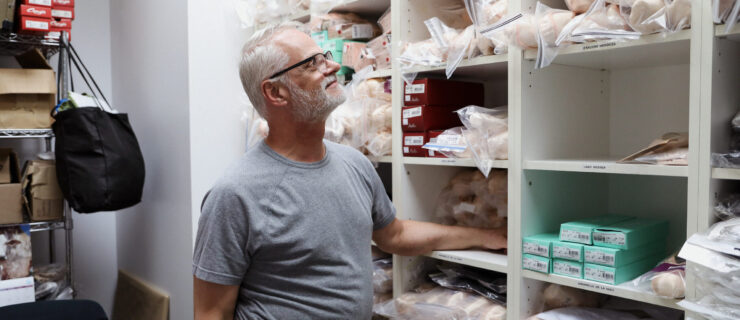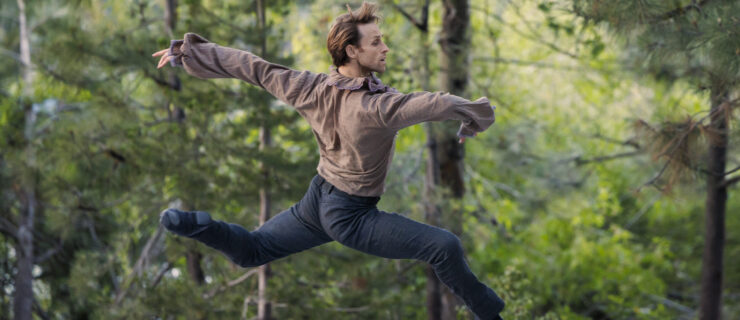Company Life: The Immersive Audition
Open calls or taking company class used to be the audition standard. But today, getting a job can be a more involved process. Instead of a single morning at a company, you might be invited to spend days there, working on repertoire and partnering. This approach has become especially popular among smaller troupes where a group aesthetic and team approach are essential. While immersive auditions can be nerve-racking, they offer an opportunity to see if the company’s repertoire and working dynamic are right for you.
Why an Extended Tryout?
A ballet class shows a dancer’s technical foundation, but it doesn’t always reveal the qualities that make her the right hire. Directors need to see how you approach movement, complex partnering and improvisation. “If a dancer has beautiful technique, it does not guarantee that they will work the way I would like them to with a choreographer,” says Emily Molnar, artistic director of Vancouver’s Ballet BC. “I often have dancers take part in a creation that is in rehearsal to see how they generate movement.” She’ll also pull auditioners aside during lunch to watch them improvise, one at a time. Interviews and informal conversations are also part of the process. Molnar says that whom she hires has as much to do with personality as it does with their dancing.
An extended audition offers benefits to dancers as well. Frances Chiaverini, who was hired by The Forsythe Company after spending several days with them, actually prefers this method because she can preview the job. “The company is auditioning you, but you’re also auditioning the company,” she says. “It’s your daily life. A dancer needs to test whether or not she can flourish artistically in its environment.”
How to Deal
Immersive auditions can feel overwhelming, but familiarizing yourself with the potential quirks will help you prepare for the unexpected. Try to take contemporary partnering, improvisation and repertoire classes so you can work with new dancers, explore unfamiliar movement and become comfortable picking up choreography quickly.
How you present yourself at the audition is also important, says Chiaverini. “Don’t hide in the back of the room, but be aware that the other dancers are at work and have a job to do,” she says. “It won’t be helpful if you actively disrupt the normal flow in order to be seen.” Being alert and observant will give you clues about what’s appropriate. For instance, paying attention to how younger dancers interact with more seasoned members during class will help you figure out where to stand.
Use the opportunity to ask other dancers what working for the company is like. “What is their schedule? What are their superiors like to work with? Are the dancers happy and why or why not?” says Chiaverini. Their input, coupled with your audition experience, is your greatest resource in deciding if the job is right for your career. “I’ve had experiences where company dancers approached me with warmth and others where they were cold and passive aggressive,” she says. “You can tell a lot about a job by the way the current employees act. The bottom line is that you can probably get a dance job, but finding a place and people that will inspire you requires a bigger investment.”
Kathleen McGuire is a former dancer. She also writes for Dance Magazine and Dance Teacher.
A Long-Term Audition
When Casey Taylor was given a temporary contract to dance in the final two productions of Pittsburgh Ballet Theatre’s 2012 season, there was no promise of a job the next year. Artistic director Terrence S. Orr says the trial was rare. He initially liked Taylor, but wasn’t sure if he had room for her taller frame in his corps de ballet. “It was an unusual entrance to the company,” says Orr, “but I loved seeing her work with John Neumeier, who was creating a new piece. He loved Casey and it made a difference in how I saw her.”
But for Taylor, it wasn’t an easy road to a job. She says she took extra steps to respect company dancers, like asking where she should stand at the barre. And there was more stress during performances, because she felt like each one was an audition. “I couldn’t let the uncertainty about my future affect what I was doing onstage,” she says. It paid off: Taylor is now in her second year with the company. —KM






